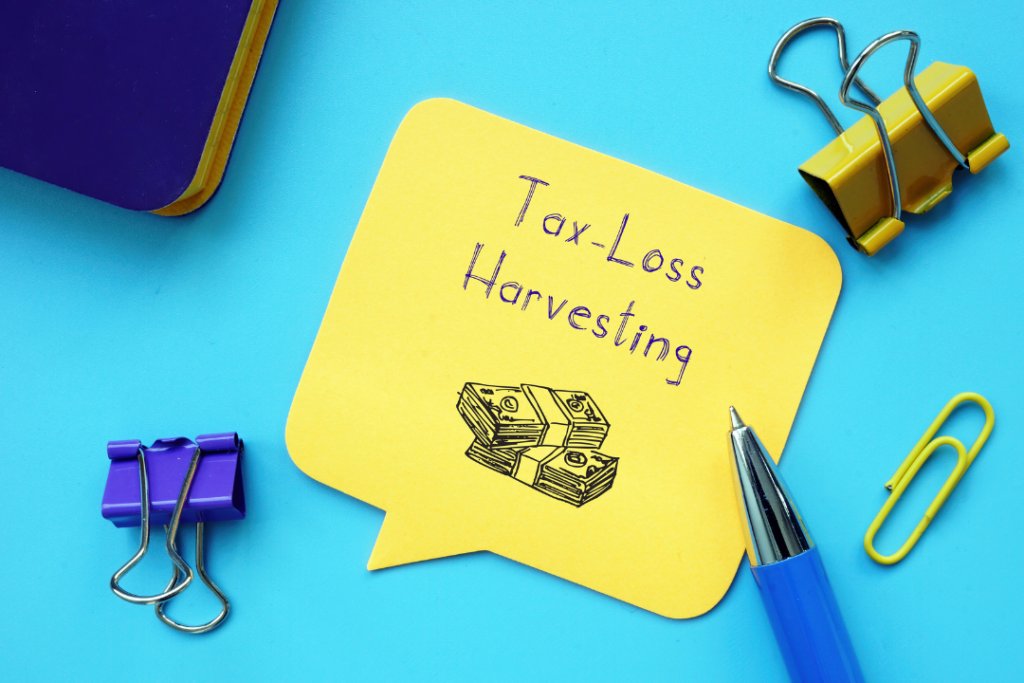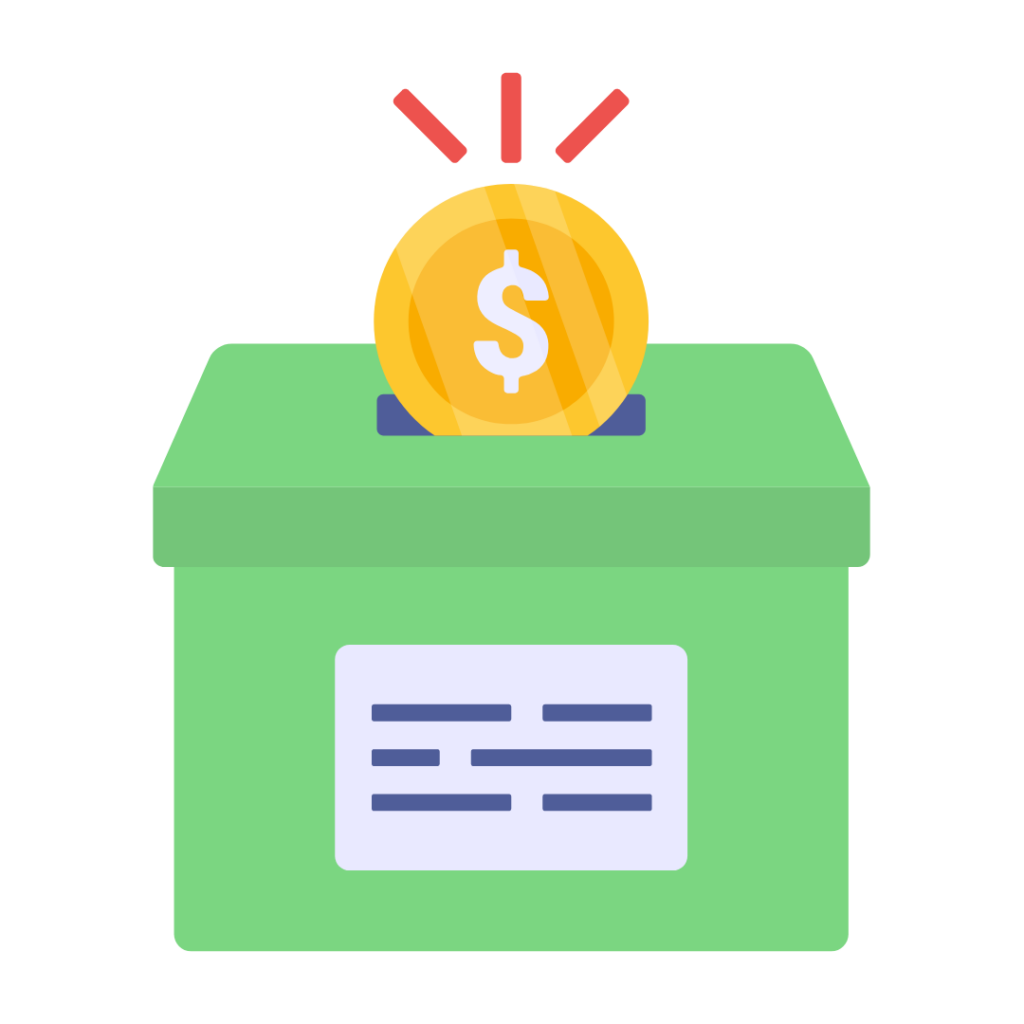Avoid Crypto Taxes in Canada: 5 Sneaky Methods
First off, we admit that the title is a bit misleading. It’s not entirely possible to avoid crypto taxes in Canada altogether. At least, not legally.
There are ways, however, to reduce your tax burden in a completely legal manner. Using the following strategies we’ll share in this guide, you can significantly reduce your crypto taxes in Canada.
But first, let’s do a quick recap of how crypto is actually taxed in Canada.
How is Crypto Taxed in Canada?
Crypto taxes in Canada are pretty simple for the most part, except for a few complexities.
The Canadian Revenue Agency (CRA) treats crypto as a commodity, which means the money you make from crypto is either subject to capital gains tax or business income tax.
When you conduct activities like trading, mining, and staking crypto with the intention to make a profit, you’re operating more like a business. In this case, your income is subject to federal income tax rates of 15% to 33%.
Profits that don’t qualify as business income are subject to capital gains tax. Selling, gifting, or swapping crypto are all transactions that fall outside the business income category. Hence, they qualify as capital gains. However, unlike business income, which is fully taxable, only half (50%) of your capital gains are taxed.
Also, you can offset your half of your capital losses against profits qualified as capital gains but not business income. And you can carry your losses forward for consecutive three years.
You can check out our in-depth guide on crypto taxes in Canada for more nuances and insights.
Now that we know how crypto taxation works, here are 5 sneaky strategies you can use to reduce or avoid crypto taxes in Canada.
1. Invest your Crypto in TFSA/RRSP
Investing in tax shelters is one of the most standard ways to reduce or avoid taxes around the world. In Australia, you have SMSFs. In the US, you have IRAs and Charitable Remainder Trusts.
And in Canada, you have TFSA and RRSP.
RRSP (Registered Retirements Savings Plan) will let you contribute 18% of your income, or $29,210, whichever is lower, for the tax year 2022, to your registered account. In an RRSP, you’re only taxed at the time of withdrawal at your full marginal rate.
TFSA (Tax-free saving account), on the other hand, lets you withdraw tax-free. However, the money you invest in TFSA is already taxed beforehand. Moreover, the contribution limit for TFSA for the tax year 2022 is only 6,000$, which could be a little underwhelming for large investors and high-net-worth people.
As of now, you can’t directly hold crypto in your RRSP and TFSA. However, you can work around it by investing in Bitcoin ETFs that directly or indirectly offer exposure to the crypto market.
2. Take Out a Crypto Loan Instead of Selling them

Crypto loans are a great alternative to selling your crypto and a great strategy to save taxes if –
a) You’re only selling because you need liquid money.
b) You believe the crypto you’re selling will continue to rise in value.
Generally, you pay taxes on your crypto when you dispose of it. However, using your crypto as collateral is not viewed as a disposal event. So, a better way to get liquidity without selling your crypto is through crypto loans.
However, there is a disclaimer. You’re good as long as the crypto holds its value. If its price drops beyond a certain threshold set by the platform, it might liquidate part or all of your crypto. If that happens, not only will you lose your crypto, but you’ll pay taxes on them too.
Also, you might also need to pay taxes if you go for self-repaying loans, which are used in yield farming strategies. But if used intelligently and cautiously, crypto loans are a highly underrated way to avoid crypto taxes in Canada.
3. Crypto Tax Loss Harvesting

Do you have a few duds in your crypto portfolio causing you anxiety? If you don’t see any sign of them recovering anytime soon, it might be time to cut your losses and sell them, as they can help reduce your tax bill.
Tax-loss harvesting is one of the earliest tax-saving strategies that still work. It’s when you sell your non-performing assets to collect losses that you can use to offset your gains and save taxes.
For instance, say you bought a cryptocurrency for $1000 that is now worth only $400. You can sell this crypto and incur a loss of $600, half of which, $300 in this case, can be used to offset your other capital gains. You can always buy back the same crypto 30 days after you sell it to bypass the ‘superficial loss’ rule set by CRA.
Implementing tax-loss harvesting by manually tracking your portfolio and losses can be a real headache, especially if you use multiple exchanges and wallets. That is why we recommend a crypto tax tool like Bitcoin.Tax that will automatically track your gains and losses and show you opportunities to harvest losses.
4. Donate your Crypto in Charity

Although crypto donations are tax-deductible in Canada, they are super complicated.
Generally, you get a tax credit of 15% on the first $200 donations and 29% on anything above that. However, since the CRA treats crypto donations slightly differently from cash donations, there are complexities.
If you donate a crypto asset within three years of purchasing it, you can only deduct its cost basis or acquisition cost, not its actual fair market value. Otherwise, you may be able to deduct up to the entire donation amount. And you can carry forward your tax credits for up to five years.
For example, let’s say you bought 2 BTC for $1000 on 1st February 2022, and its current value is $1500. If you donate it now, the tax receipt would only be for $1000, and you’d have to pay capital gains tax on the difference – $500.
You can use the official calculator provided by CRA to calculate your tax credits for various donation amounts or, even better, consult a tax professional.
5. Stay Under the Tax Allowance
In Canada, for the tax year 2022, the first $14,398 of your income is tax-free. Keep in mind that this tax allowance is for your combined total income and is not exclusive to your crypto income.
You can defer selling your crypto to a tax year when you anticipate your non-crypto-related income to be relatively low so that you don’t cross the tax allowance. That way, you can use this allowance to cash out your crypto holdings and pay zero or minimal taxes on your crypto income. It’s one of the easiest way to avoid crypto taxes in Canada.
You can also utilize your spousal tax credit if you’re married or in a common-law relationship. For instance, if your partner has no income to report for the year, they can transfer their entire $14,398 credit to you.
Can the CRA Track your Crypto?
Yes, the CRA can track your crypto transactions. All crypto exchanges in the Canadian jurisdiction are obligated to share user information and transactions with the Canadian government. That is why you’re required to verify your identity through KYC.
The CRA can easily track your transactions and find out if you’re avoiding taxes, which may not end well. Tax evasion is a criminal offense. If proven guilty, you may have to pay hefty penalties or even go to jail, depending on the severity of the matter.
So, it’s better to be compliant and pay your taxes timely and diligently. If you follow the tax-saving strategies listed above, you can reduce a substantial amount of taxes or even avoid them entirely.